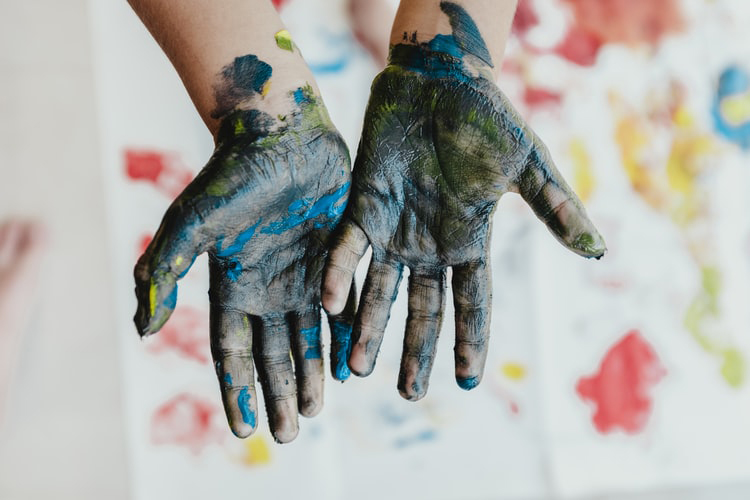Art Therapy for non-profits:
As an Art Therapist, I help children through the process of an artistic medium. I create the curriculum for services, I conduct art therapy groups and one-on-one sessions. I also write progress notes entailing what occurred during each session.
How Art Therapy Helps:
Overall, Art Therapy for children can help build problem-solving skills, help improve the self-esteem of children, self-awareness, strengthening relationships and advancing social skills (Benefits of Expressive Art Therapy for Children, 2016) For underserved children, Art Therapy can help them cope with negative situations, disability, and trauma. Art Therapy can help give underserved children a voice that they may be lacking under their circumstances. Art Therapy in virtual groups can increase children’s ability to interact with one another.
For children in Foster care situations, Art Therapy can help children safely express issues, concerns, and emotions. (Ramos-Saenz, 2019) Additionally, Art Therapy for children in foster care settings can help children cope with stressors based on assimilating into a foster care facility or home.
Art Therapy can also benefit children that do not have parents or have only one parent. Creating a therapeutic bond between therapist and child can be very beneficial to children that do not have parents. Working with an adult can be a form of building a strong relationship and mentor which children without parents lack (Malchiodi, 2016)
My Capabilities:
As an Art Therapist with a master’s degree, I have many skills in conducting Art Therapy sessions with children. My capabilities include: Creating a treatment plan for each child. Creating goals for each child. Tailoring Art Therapy projects based on a group’s necessity or an individual child’s necessity. Holding group sessions as well as individual sessions. Creating a general curriculum for group sessions. I am also able to reach each child where they are at. Lastly, writing progress notes for insurance reimbursement.
Success Stories:
Leading Art Therapy sessions for children with incarcerated parents, the main goal was to play games with children. These children benefited from adult interaction and stated at the end of the 30-minute group that they wish the group would last longer.
At another organization for adults with developmental disabilities, I was able to reach clients where they were at. In one specific circumstance, I was able to note the progressive change in a client with mental retardation. He was always incredibly thankful and proud of his artwork after he completed his paintings. He was able to come out of his shell and explore his mental capacity. In fact, it was noted that he became less frustrated with his disability as time went on. Overall, Art Therapy has been considered useful for many including children suffering from a multitude of hardships.
References
“Benefits of Expressive Art Therapy for Children.” Benefits of Expressive Art Therapy for Children | Georgetown Behavioral, 2016,
Ramos-Saenz, Adela R. “Utilizing Art Therapy to Overcome Cumulative Trauma Experienced by Adolescents Admitted into the Foster Care System.” Long Island University , Long Island University, 2019
Malchiodi, Cathy. “Child Art Therapy: How It Works It Takes More than Coloring for Reparation to Happen.” PsychologyToday, 31 Jan. 2016,

